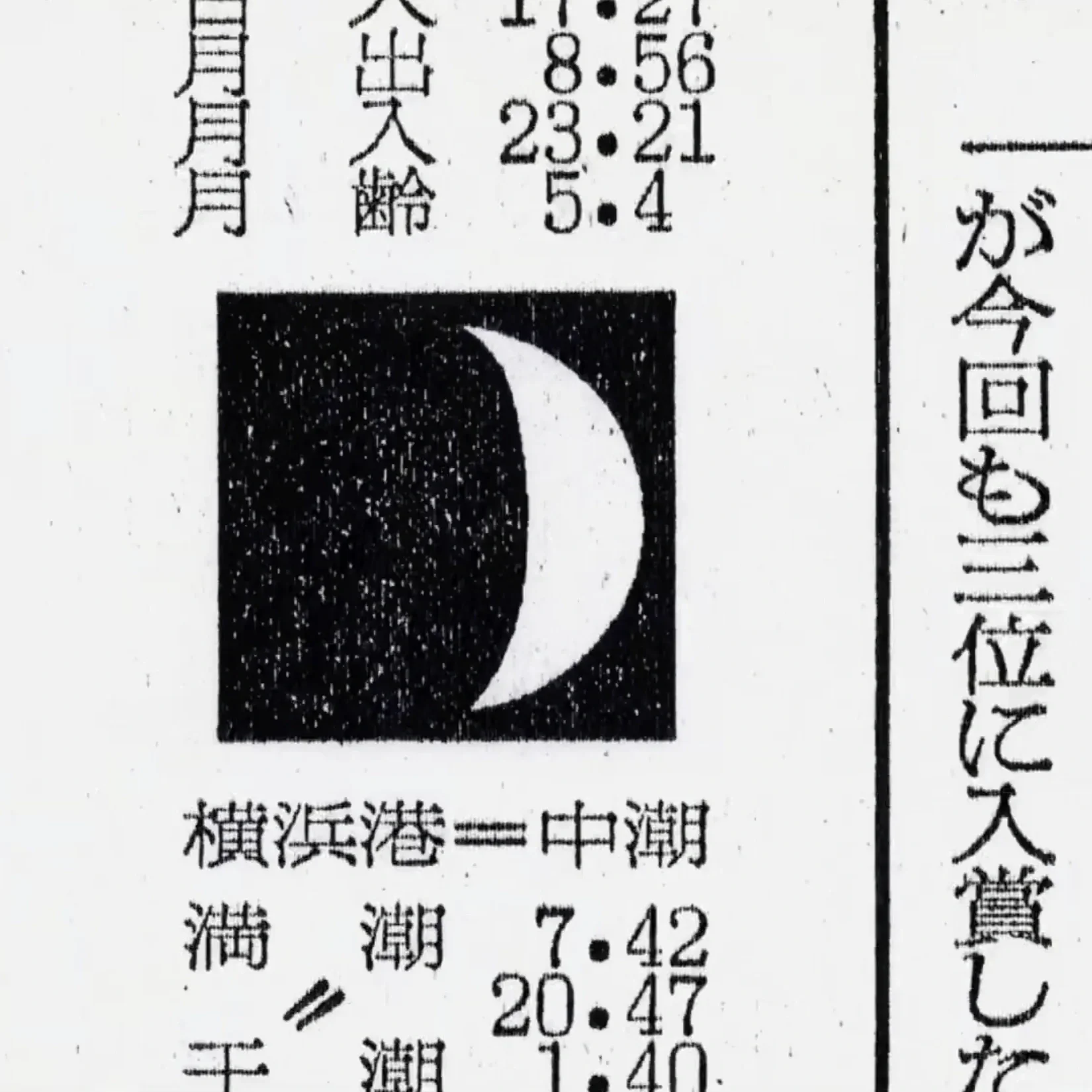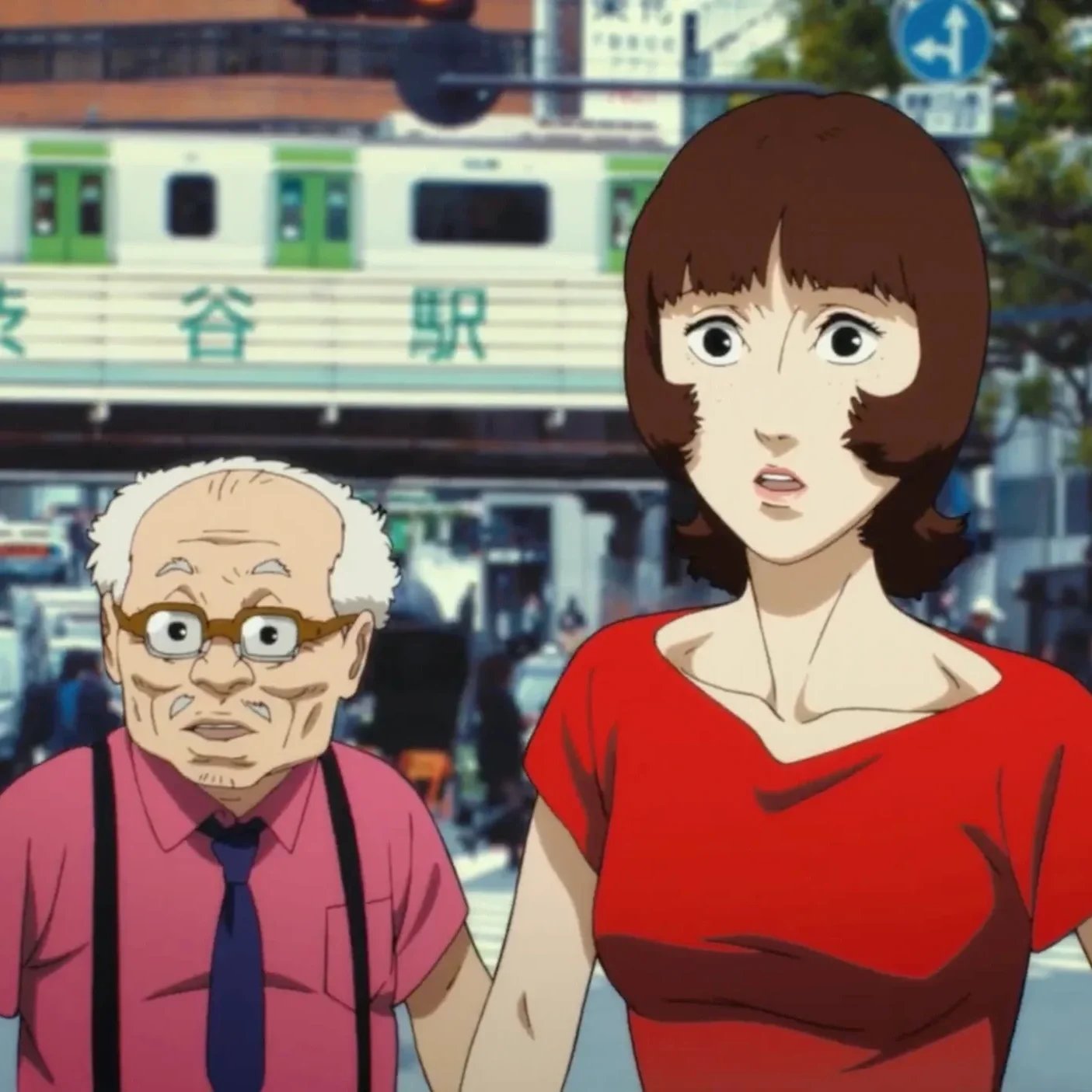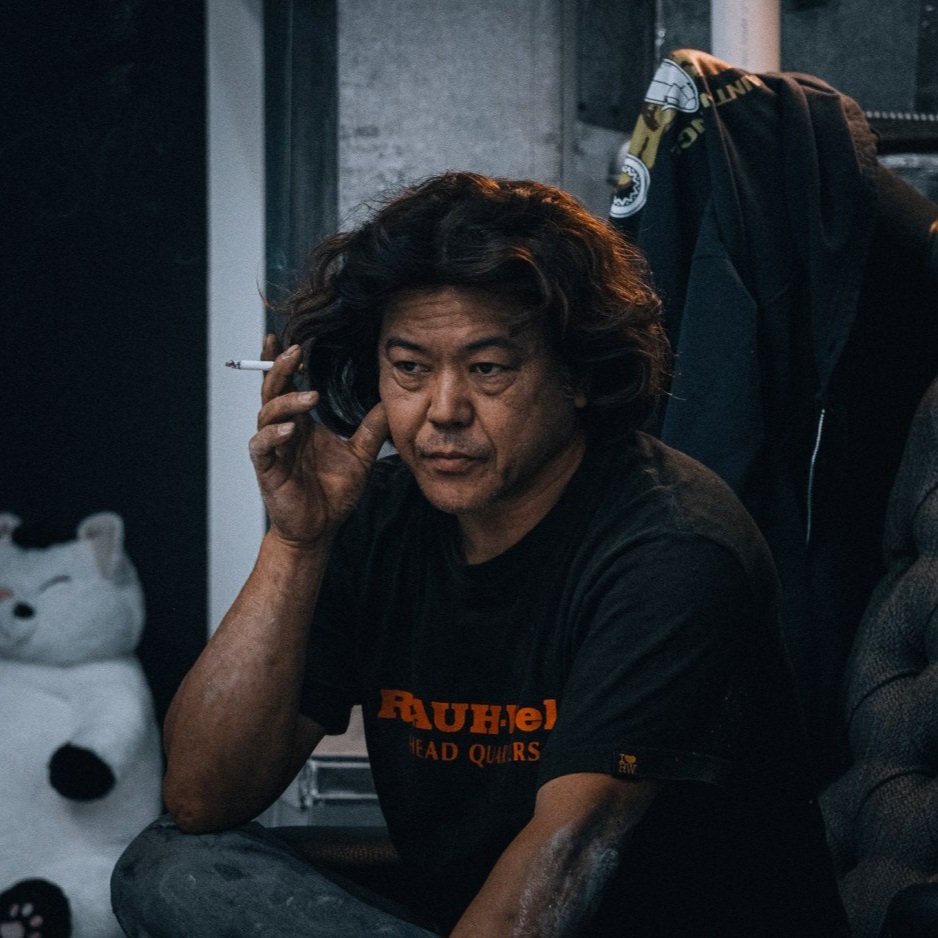Visual Kei - Where Glam and Punk Meet Japanese Youth Culture
© Malice Mizer
Many people are either confused, intrigued, or both by the many facets that Visual Kei has to offer. Often labeled as a subculture, Visual Kei encompasses much more than meets the eye. Emerging as a multifaceted cultural movement from Japan in the late 1980s, Visual Kei blends music, fashion, even theatrical performance into an artistic expression. The phenomenon is characterized by its bold visuals and flamboyant soundscapes, establishing it as an influential force in Japanese youth culture while expanding its influence internationally.
We’re exploring everything you need to know about Visual Kei, its historical roots, aesthetic elements, most influential bands, and more.
The Origins of Visual Kei
Emergence in the Japanese Music Scene
Visual Kei made its introduction to the scene in Japan during a turbulent era of cultural metamorphosis in the late 1980s. As Western musical influences—particularly from the glam rock and punk genres—began to seep into the fabric of Japanese youth culture, a fascinating duality emerged. Legendary bands like Queen, David Bowie, and Kiss ignited a creative wildfire, inspiring a fresh wave of Japanese artists who sought to carve out their own identities against a backdrop of tradition. This collision of Western sounds with Japan’s distinctive cultural ethos gave birth to an alternative music scene, one that redefined the boundaries of musical and visual expression in bold and unconventional ways.
While visual kei drew inspiration from a melting pot of Western musical genres, there are three genres that left a bigger impact on the movement than the others:
Glam Rock
Bands like KISS and David Bowie were foundational in establishing the extravagant visuals that would become synonymous with VK. Their theatrical performances and gender-bending aesthetics significantly influenced early VK bands.Punk Rock
The rebellious spirit of punk, with its emphasis on individuality and self-expression, resonated with the VK movement. It encouraged artists to reject mainstream norms, both musically and visually.Heavy Metal
The intense and often dark themes explored in heavy metal music found a parallel in VK, with bands often delving into complex emotional landscapes in their lyrics and performances.
Visual Kei took root in this fertile ground. The movement was propelled by pioneering bands such as X Japan, Dead End, and Malice Mizer, each playing an instrumental role in sculpting the VK landscape. They blended heavy metal, punk, and pop elements, all while draping themselves in extravagant visuals.
© X Japan
Every cultural movement needs a name, and so it didn’t take long for the term Visual Kei to take shape in this energetic setting, with Seiichi Hoshiko, the founder of Shoxx magazine, linking it to X Japan’s provocative slogan: “Psychedelic Violence Crime of Visual Shock.” Media outlets and music magazines began using the term to categorize bands that embodied this dual focus, allowing VK to gain a distinct identity within the broader Japanese music landscape. If one thing, the categorization facilitated the growth of the VK community and helped fans identify with the genre, leading to the establishment of fanbases and a culture centered around its shared aesthetics and values.
As the Visual Kei movement gained momentum, it paralleled Japan’s economic boom, creating a sanctuary for alternative music scenes and a flourishing youth culture. This cultural renaissance allowed young individuals to embrace their unique expressions freely. Bands like X Japan and Luna Sea evolved into cultural icons that audaciously challenged societal norms. Through their flamboyant aesthetics and powerful lyrics, they articulated themes of love, loss, and identity, resonating deeply with a generation eager to explore the complexities of existence.
Influential Bands
The formation of Visual Kei didn’t come from one group or band, instead a new musical movement was taking shape in japan, where several pioneering bands played crucial roles in the birth and development of VK:
X Japan
Often regarded as the flagship band of Visual Kei, X Japan combined heavy metal with melodic elements, characterized by Yoshiki’s dramatic drumming and Toshi’s powerful vocals. Their theatrical performances and elaborate costumes set the stage for future VK acts.
Buck-Tick
Alongside X Japan, Buck-Tick is often credited with pioneering the Visual Kei aesthetic, merging rock with elements of gothic and punk. Their artistic vision and powerful stage presence had a massive influence on the visual and musical styles of subsequent VK bands.
Dead End
Known for their blend of heavy metal and punk, Dead End brought a raw energy to the Visual Kei scene. Their innovative sound and extravagant visual presentations established them as a key player in shaping the genre’s identity.
Luna Sea
Their music of Luna Sea fused rock and pop, and their aesthetic ranged from punk to elegant. Their ever-evolving introspective lyrics and dynamic performances established a template for the VK bands that followed.
Malice Mizer
With their Baroque-inspired aesthetic and operatic sound, Malice Mizer introduced a theatricality to VK.
Dir En Grey
Known for their experimental approach, Dir En Grey has consistently pushed the boundaries of VK. Their willingness to explore diverse genres, combined with thought-provoking lyrics, has earned them a dedicated international following. Songs like Saku and The Final highlight the band’s range and emotional intensity.
Visual Kei Through its Many Facets
Fashion
Visual Kei is perhaps most renowned for its visually arresting style—a kaleidoscope of androgynous fashion, opulent makeup, and audacious hairstyles. VK makeup makes for a bold, theatrical statement. Expect heavy eyeliner, shimmering eyeshadow, and intricate, often haunting facial designs that evoke a sense of drama and allure. Artists like X Japan have mastered this art, using makeup to craft their unique KISS-inspired personas. In the late ’80s Japan, this daring use of facial makeup by men was nothing short of revolutionary, challenging and transcending the rigid gender norms that dominated at the time.
Turning to the hair, VK hairstyles present a colorful collage, ranging from long, flowing locks layered asymmetrically to outrageous spikes and kaleidoscopic colors. Many artists aren’t shy about dyeing their hair in audacious shades—imagine electric blues, fiery reds, and stark whites—each hue perfectly harmonizing with their flamboyant outfits and stage personas. The use of wigs and extensions allows for gravity-defying shapes and lengths that are nothing less than spectacular. Indeed, the hair itself evolves into a vital aspect of the VK aesthetic, serving as a potent emblem of individual identity.
Yet, no ensemble is truly complete without the outfit. VK fashion acts as a rich melting pot of influences, intertwining Gothic, punk, and Victorian aesthetics into a singularly striking style. Outfits frequently feature corsets, layered skirts, and an array of elaborate accessories that demand attention. Some bands take this further, designing their stage costumes, resulting in intricate, visually stunning ensembles that amplify the overall theatricality of their performances. Each element, from makeup to hair to clothing, merges to form a spectacular visual experience that defines the essence of Visual Kei.
© Dead End
Sound
Visual Kei originated from a blend of Western genres like glam rock, punk, and heavy metal, which were at their peak in the late ’80s. In its early days, Visual Kei incorporated heavy metal riffs, dramatic vocals, and larger-than-life instrumentation. Bands like Dir En Grey later introduced a darker, grittier sound, adding elements from goth and even industrial, while still maintaining high-energy rock and metal components. Over time, the sound of Visual Kei evolved. By the 2000s, modern pop and electronic elements had woven into the soundscapes of a new generation of (neo) Visual Kei bands, such as An Cafe and LM.C, revealing a softer side of VK with upbeat, danceable tunes that attracted a younger following.
Theatrical Performance
There’s one place where the combo of Visual Kei facets come together: the stage. When you step into a Visual Kei concert, you’re transported into an experience so immersive, it makes you question whether you’ve stumbled into a version of Phantom of the Opera on steroids. Imagine outfits straight out of the Victorian era, feathers flying everywhere, and stage designs that rival those of Broadway. The performances blend extraordinary musical experiences with unfolding visual narratives—often enhanced by choreography—creating a spectacle unlike anything you’ve ever seen before.
On the other hand, thanks to the many faces of Visual Kei, you can end up admiring an intimate, shadowy glam rock vibe. Faces decorated in ghostly white paint and hair spiked to the heavens to the point where it becomes hard to spot the drummer behind the singer. Your ears are feasting on a musical experience making you feel as if you’re wandering through a haunted rock mansion. Bands like Moi Dix Mois capture this eerie vibe perfectly.
And then, of course, there’s everything in between. Concerts are a true representation of the Visual Kei movement, where fashion, music, and theatrical elements come together in a celebration of self-expression.
The Next Generation
The emergence of Neo Visual Kei (Neo VK) in the early 2000s was a massive evolutionary step in the Visual Kei genre, expanding its musical and visual boundaries while retaining its core aesthetic principles. A contemporary wave of artists introduced new sounds and styles, redefining the genre’s identity for a younger audience.
Artists in this subgenre blend classic VK elements—such as dramatic costumes and emotional lyrical themes—with contemporary genres like electronic music, hip-hop, and pop. Bands like Miyavi embody this fusion; known for his innovative guitar techniques and energetic performances, he merges rock with pop and hip-hop influences. Similarly, The Oral Cigarettes incorporate modern rock and pop elements into their music while retaining a visual aesthetic that harkens back to classic VK roots.
A Global Community
While the core of Visual Kei culture is, and will always be located in Japan, the online community spirit easily transcends Japan’s borders. General platforms like reddit, Instagram, and TikTok form a community for the upper layer of VK enthusiasts, while niche portals like vk.gy stir the detailed discussions. Yet there is one tier of Visual Kei you can hardly join without stepping foot in Japan: the Bangya. This is simply the dedicated group that actively engages with the music by regularly attending concerts, to the point it would be weird to call yourself bangya without joining visual kei concerts on a regular basis.
That’s exactly why it’s hard to call yourself bangya overseas, but it’s not impossible. In the early days of Visual Kei, bands like X Japan, who were among the first to attract significant international audiences, have played major shows in North America and Europe, followed by Dir En Grey’s darker, metal-influenced sound touring in the U.S., Germany, and the U.K. In the 2000s, next-generation bands such as An Cafe also went on international tours, tapping into global pop-rock markets and performing at anime and Japanese pop culture conventions.
Visual Kei Today
We’re entering the mid 2020’s, and the generation that grew up with the original sounds and aesthetics of Visual Kei might be experiencing a bit of an identity crisis or dissociation with the present state of VK. Depending on where you stand towards the natural changing environment of cultural movements this might be a good or a bad thing. Visual Kei remains a thriving and evolving movement, with refreshing new generations of bands like Dadaroma (disbanded in 2020) and Nigai leading the pack.
As years have gone by, it is only natural that the sound once considered the core of Visual Kei in the ’90s has diluted, making way for modern interpretations of the genre. These newer sounds might be influenced not by the original glam rock that lies at the foundation of VK, but by existing VK bands mixed with contemporary Western musical influences, cultivating a fresh Gen Z fanbase that is now growing up with a subculture, a genre, and a movement, all in one.










Discover Shibuya-kei, Japan’s 90s music revolution blending genres.